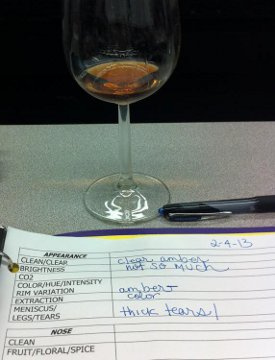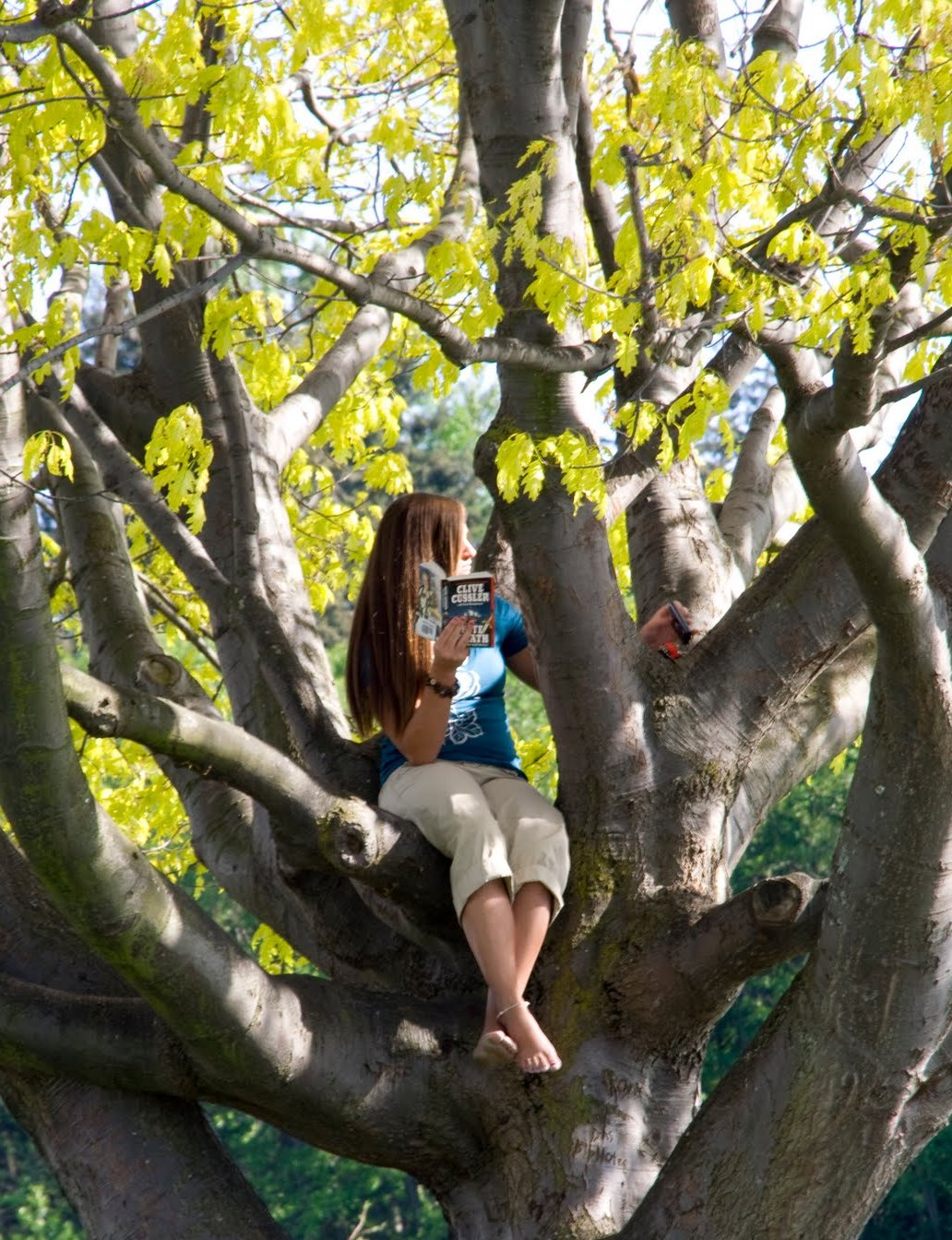The best stories, any good story teller will tell you, are about people, not things.
But I care about wine, which is obviously a thing. For three years, I’ve taken classes, attended mass-scale competitions in drafty warehouses with wine-stained floors, toured countless wineries up and down California, Washington and Oregon, and kept punctilious notes on new wines’ noses and flavor profiles. At the tasting room I work at, I regale guests with my knowledge of grain density in American versus French oak, malolactic fermentation, and residual sugar.
Only 20 percent in the United States drink wine. So does that 20 percent really care about the grain density of French versus American oak, malolactic fermentation, or residual sugar?
No.
That my tasting room spiel, also foisted upon friends and family, may be actually boring guests was a revelation brought to me after taking my first “real” marketing class after 17 years as a journalist, corporate communicator, and writing teacher.
Most people don’t really care about fermentation rates, barrel composition and sugar levels. If anything, the wine industry’s “hocus-pocus,” as my wine marketing instructor likes to say, deters people from embracing wine. It bores and intimidates them, he believes.
Whether or not vines are grown in loam soil or face an East-West orientation are not selling points.
It’s the stories about people doing the winemaking that sells it.
Who has gone bankrupt for it?
Who has worked relentlessly in the extreme heat and cold to nurture grapes?
Who has worked three jobs to lovingly bottle that cabernet?
It’s about how the wine’s story makes the buyer feel.
I remember back to why I bought a bottle of wine I had just been introduced to.
It was 10 years ago, before I was a wine student. We were visiting the Yakima Valley in Washington and my future father-in-law took us to some of his favorite wineries. The Piety Flats tasting room was not in a villa or castle. In fact, it was in a building so nondescript that I would have to look it up online to remember what it looks like today.
I had never tasted Chenin Blanc before, but what the tasting room pourer offered me was crisp, with a scintilla of sweetness reminiscent of the wine coolers we drank in high school. But it was elegant – quite unreminiscent of the wine coolers we drank in high school.
“This is the kind of wine you climb into a big tree with,” she said, pouring more, “and read the day away with a good book.”
(Ironically, wine author and teacher Karen MacNeil writes in “The Wine Bible” that Chenin Blanc would be the varietal to bring into a field of wildflowers and read Madame Bovary.)
Taking another sip, I suddenly saw myself: lying in the crook of my brother’s towering oak tree in his backyard with my Chenin Blanc. My legs dangled over the branches while my hands were clasped around a juicy novel. All the while my niece and nephew, who I was probably charged with babysitting, played like angels in the backyard under my view.
She gave my relationship with that Chenin Blanc a plot line, starring me.
LOVELY!
“I’ll take three,” I said. I ordered that Chenin Blanc for many years to come – Piety Flat’s magnet displayed on my refrigerator.
The goal of GrapeTales is to tell the stories of the people behind the wine, why they make it, who they are inspired by, how they sell it, and when and how it circles back to the customer.
I hope that in these stories you will see something that moves you in the makers. Or perhaps something of yourself in their tale. Perhaps you’ll also discover a new favorite wine along the way.
Cheers!



